
How to interrogate the STR database
- Log in to the ATCC website to access the STR database query form
- For each query, enter either (1) an ATCC catalog number, OR (2) at least 7 of the 13 STR loci of the cell line you would like to compare against the ATCC STR Profile database. The more information provided, the more accurate the results generated by the matching algorithm.
- Separate each allele entry with a comma (eg, CSF1PO = 11, 12); a space after the comma is not required. Single allele entries are accepted (eg, Amelogenin (AMEL) = X, TPOX =8)
- Blank entries at any loci will not be counted
- The amelogenin gene is a genetic marker used for gender determination and is not comprised of STR units.
- Log in to the ATCC website to access the STR database query form.
- Click either the 'Limited Search' or 'Expanded Search' button.
- Limited Search: The search will return matches that are ≥ 80%. This level of matching indicates that the cell lines are related.
- Expanded Search: The search will return matches that are ≥ 56%. The level of matching from 79% to 56% suggests that additional analysis must be employed to confirm the relatedness of the test cell line. Click here for more information.
How to interpret results
- The “ATCC Number” field is given precedence if data are entered into both the “ATCC Number” field and the “STR loci” field.
- Results are presented in descending order based on the highest percent match to the query.
- The cell line is considered “identical” to a culture in the ATCC STR database when the entered STR profile yields a 100% match to the reference data in the ATCC STR database.
- The cell line is considered “related“ to a culture in the ATCC STR database when the STR profile entered yields matches that are ≥ 80% but less than 100%
- Cell lines resulting in a match from 79% to 56% suggest that the cell line is unrelated with some exceptions, such as cases involving cell line mixtures and high mutation events.
As in the past, when ATCC finds a misidentified cell line among our holdings (ie, the DNA profile is similar or identical to that of an unrelated cell line), it will be posted on ATCC’s Reclassified Cell Lines page.
Disclaimer:
Reference to this database and the data contained therein may be cited in publications, and ATCC encourages such citation or reference. While every reasonable effort was made to assure the accuracy of these data, no warranty, express or implied, is made by ATCC as to their accuracy.
While ATCC has largely used the Promega PowerPlex® 1.2 and PowerPlex® 18D Systems in the creation of these data and recommends that researchers wishing to produce data for comparison also use a Promega PowerPlex® System, ATCC does not provide a general endorsement of this product or provide any warranty or representation regarding its quality or performance in the scientific community for the identification of human cell lines.
Explore STR resources
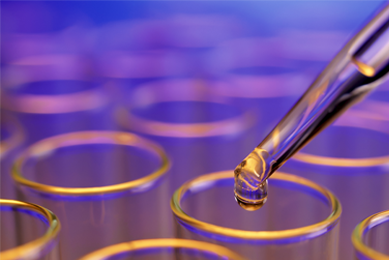 Presentation
Presentation
STR Authentication: Using the ATCC public STR Database
Find out how to search the STR public database
More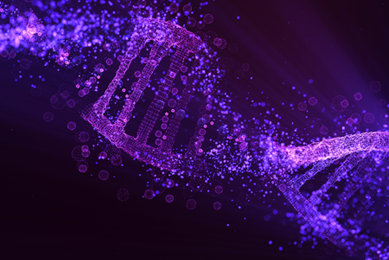
Matching Algorithm
ATCC's STR database matching algorithm compares the number of shared alleles between two cell line samples, expressed as a percentage.
More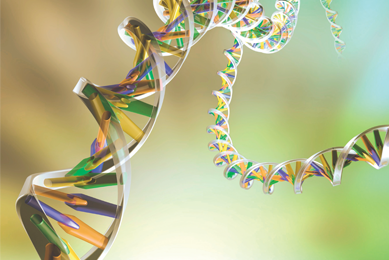
STR Profiling Analysis
ATCC's STR profiles help ensure the quality and integrity of human cell lines in the scientific community.
More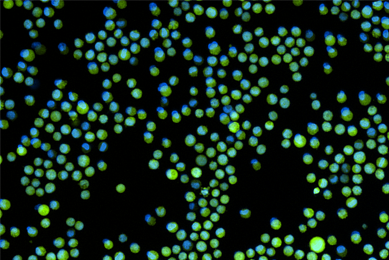
Human Cell STR Testing
ATCC authenticates human cells through its easy-to-use human cell short tandem repeat (STR) profiling service. Once you receive your FTA Sample Collection Kit, spot your cells onto Whatman FTA cards, let them dry, and mail them to ATCC.
More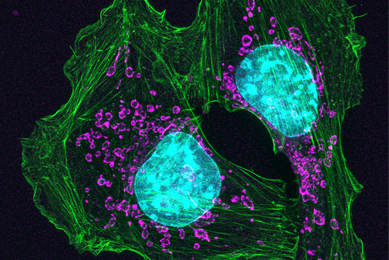
Mouse Cell STR Testing
Developed by ATCC in partnership with the National Institutes for Standards and Technology (NIST) and tested by 10 independent laboratories, ATCC’s Mouse STR profiling service offers a new global standard for mouse cell line authentication.
More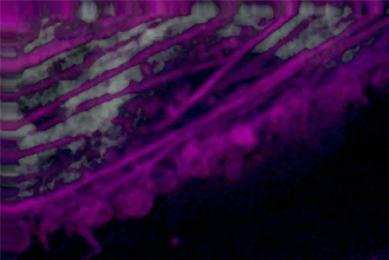
Reclassified Cell Lines
Don’t let your research be comprised by the use of misidentified cell lines. Find out if you are using one of these commonly reclassified cells.
More